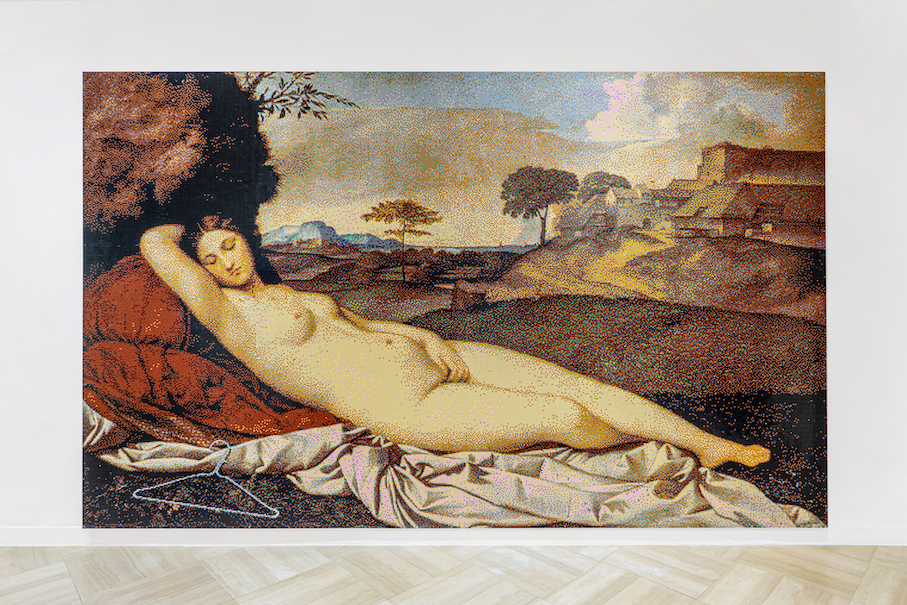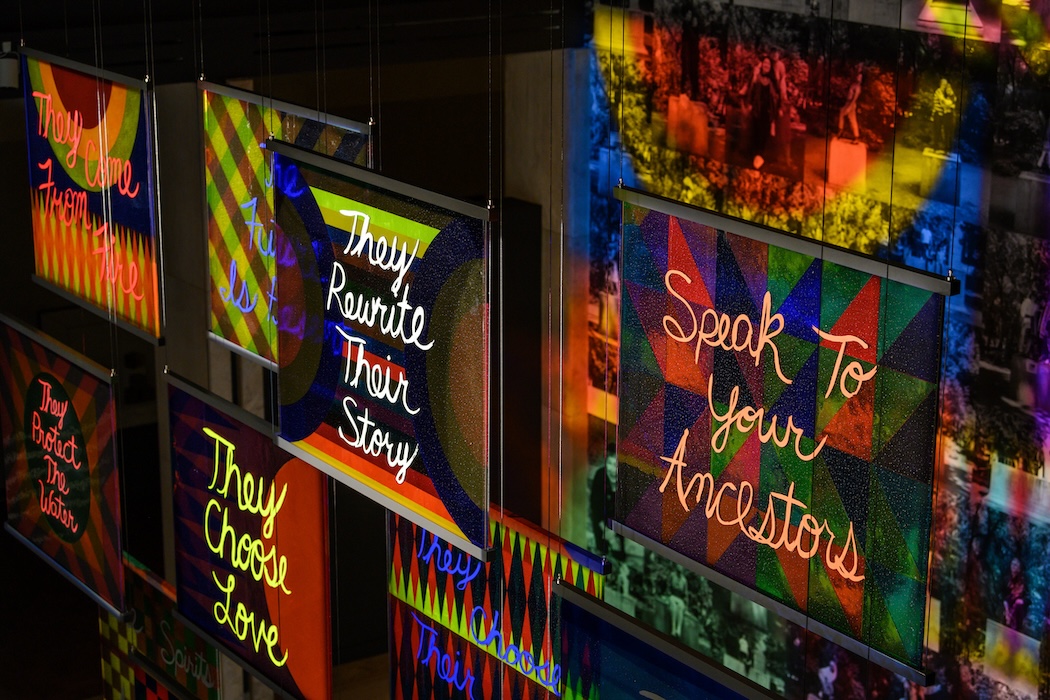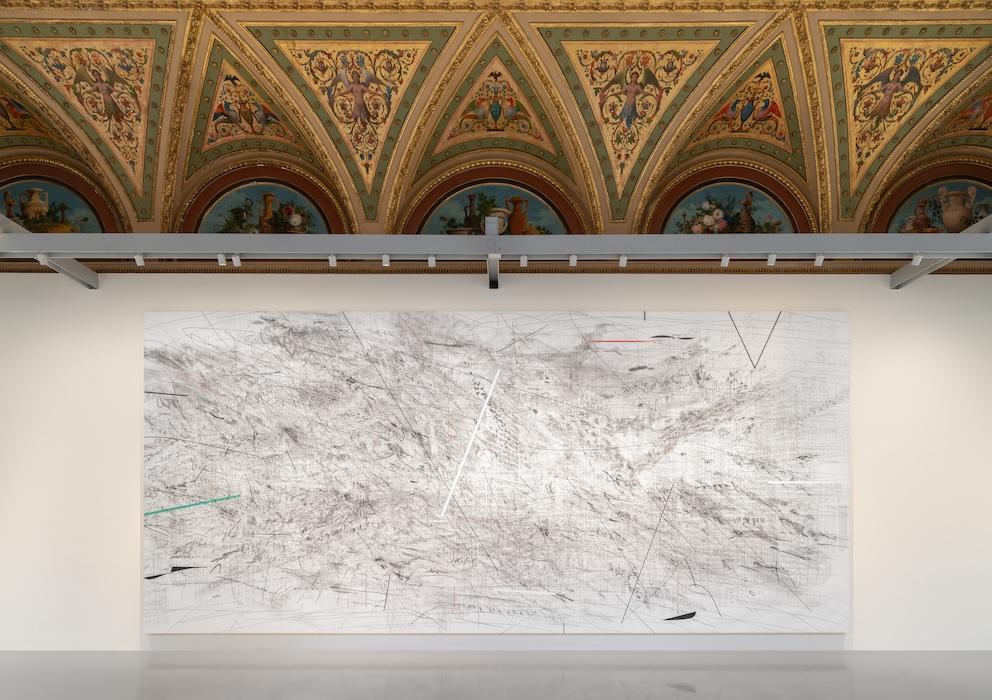After the 58th Art Biennale’s theme “May You Live in Interesting Times” proved darkly prophetic, was anyone else soothed to hear the auspicious ring of this year’s title, “The Milk of Dreams”?
However, though the phrase conjures a beautiful image—imagination as nourishment—we can’t forget that the milk of dreams also flows from nightmares. Yes, visitors of the 59th Art Biennale Arte will delight in the installations that engage all the senses from sight to smell, but they will also explore a darker side of the human psyche, the monsters we create or even become.
All this will come as no surprise to those familiar with the source material: Leanora Carington’s fantastical book of surreal, weird, and at times disturbing children’s bedtime stories—A place where meat can be flowers and houses can be heads. A reader might laugh off the oddities, yet, there’s more to this off-kilter world than may initially meet the eye. Just ask the 59th Art Biennale’s curator, Cecilia Alemani. In Carrington’s work, Alemani sees “an allegory for a century that imposed an intolerable pressure on the definition of self.” And in the ‘interesting times’ which we find ourselves living through – it seems appropriate to start asking the big questions: What does it mean to be human? How does this meaning change? What is our responsibility here? And what happens once we are gone?
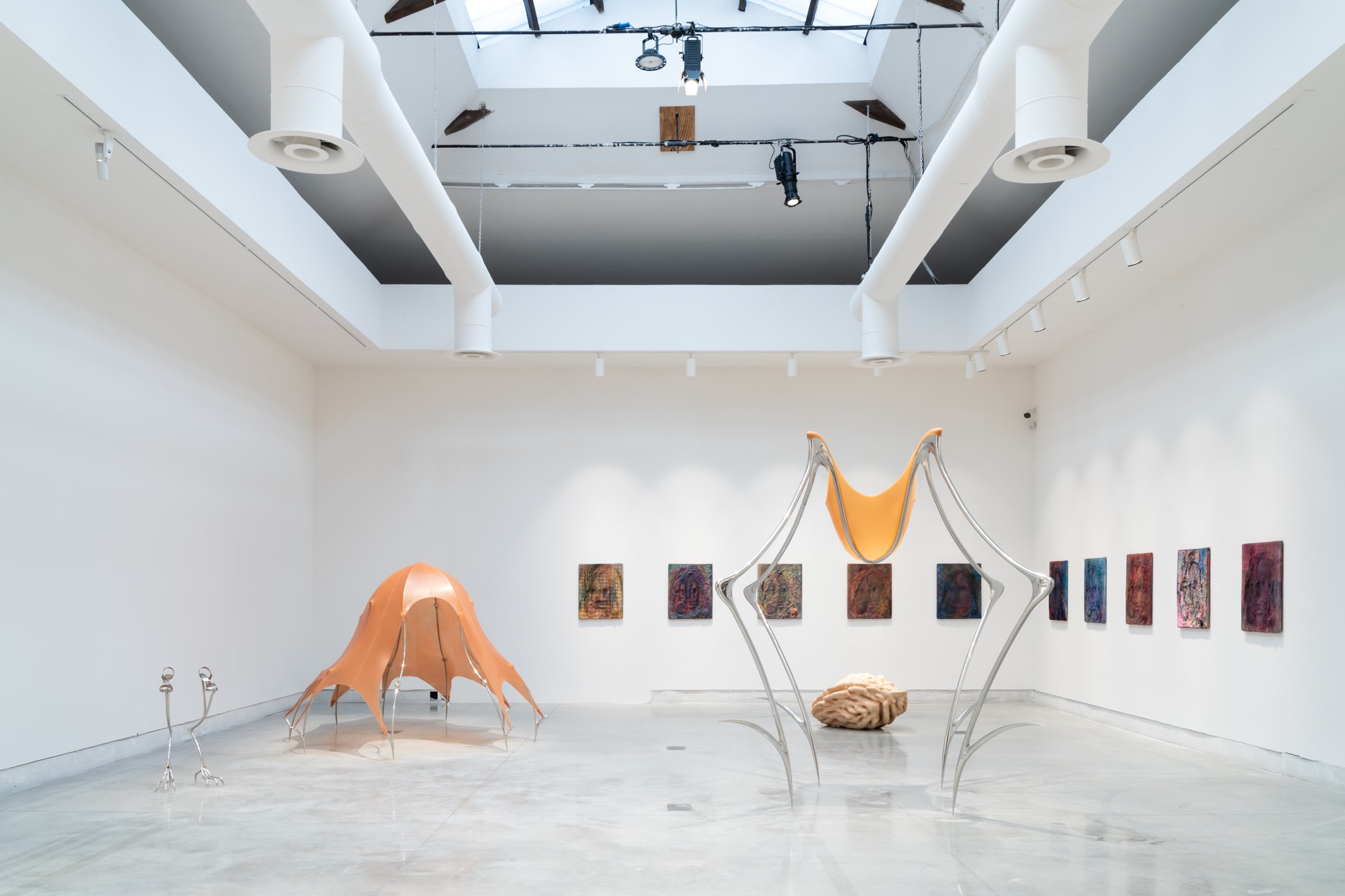
Installation view, “The Milk of Dreams,” photo by Marco Cappelletti, courtesy of La Biennale di Venezia.
Beyond the ambitious scope of the exhibition, Alemani had a special challenge with both the delay of the opening—the first since WWII—as well as the inability to meet artists or see artworks in-person before the show. An exceptional process that the President of La Biennale di Venezia Robert Cicutto described as “… observing so many imaginary worlds from the porthole of her spaceship/computer.”
In the end, Alemani describes the inauguration of the 59th Biennale as “not exactly the symbol of a return to normal life, but rather the outcome of a collective effort that seems almost miraculous.”
“Collective effort” is a key phrase here. Many of the artists in “The Milk of Dreams” explore ‘new kinships’ where humans and none-human are equal makers of the future. And, while anthropocentrism is called into question, which humans have power is also up for debate: For the first time in its history, the Biennale’s main exhibition will be comprised of a majority of women and gender non-conforming artists. A decision that, according to the curator demonstrates a “deliberate rethinking of man’s centrality in the history of art and contemporary culture.”
There are over 200 artists from 58 countries in “The Milk of Dreams,” each worthy of careful contemplation. Below we explore just a drop in the ocean of masterworks that comprise the 59th Art Biennale’s main exhibition.
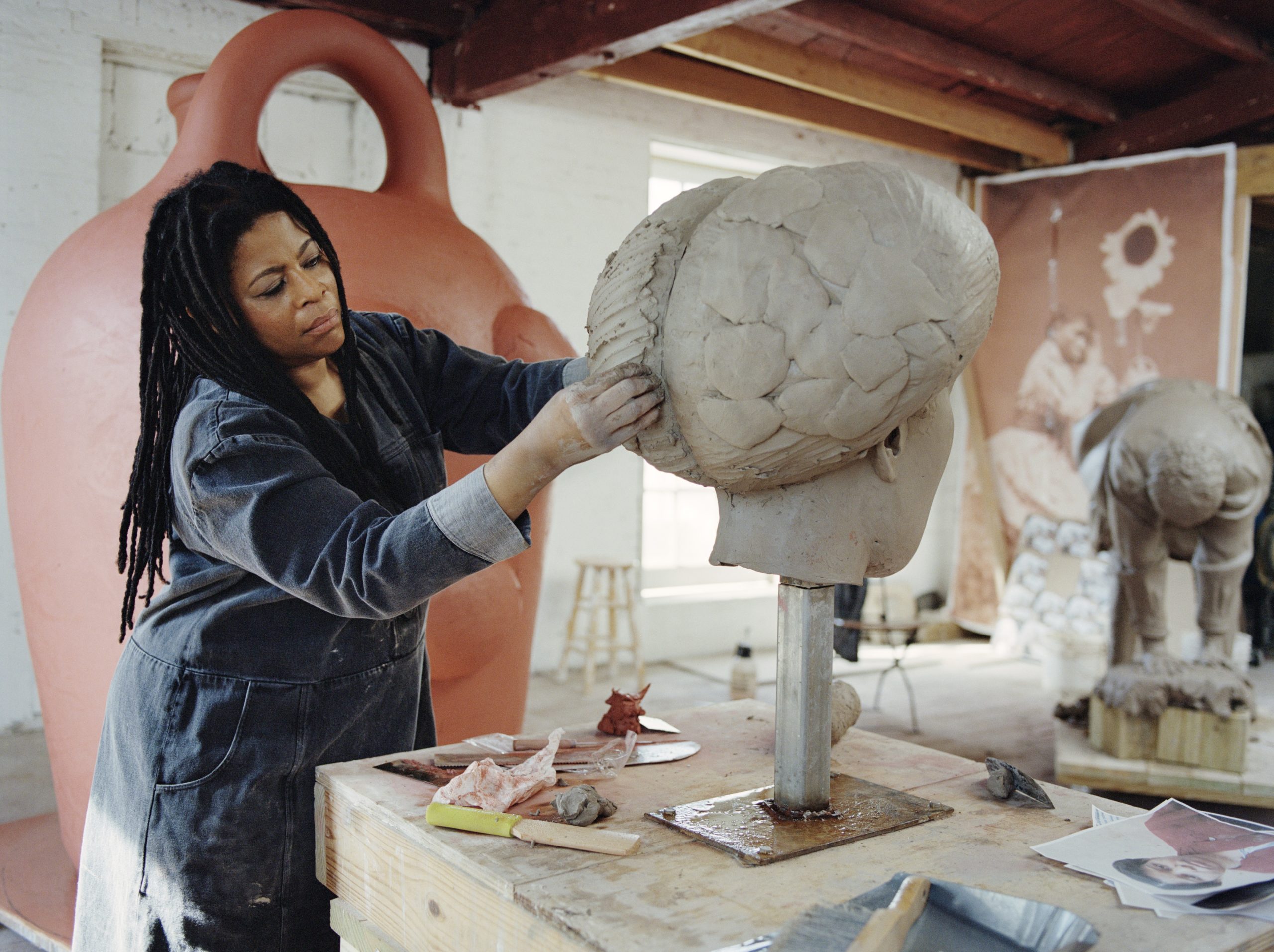
Simone Leigh, 2021, artworks © Simone Leigh, photo by Shaniqwa Jarvis, courtesy of the artist and Matthew Marks Gallery.
Simone Leigh: At the Arsenale, “The Milk of Dreams” starts in the liminal space of twilight. Enter a large circular room flanked by Belkis Ayón’s greyscale collagraph prints, where layered silhouettes emerge from textured landscapes. At the center, Leigh’s monumental bronze sculpture, Brick House—a 16-foot bust of a Black woman whose house-like skirt references various architectural styles from Chad, Cameroon, and Togo.
The soft impressions where the bust’s eyes should be, portray both sleep and constant watching. Like the monuments of ancient Egypt, this statue marries person and architecture in a way that implies lasting power. Originally commissioned by the High Line in New York City where Cecelia Alemani is head curator, Brick House is part of Leigh’s series Anatomy of Architecture (2016-present) where the artist explores how social axis such as race, beauty, and community relate to Black women’s bodies and intellectual labor.
Leigh, who also represented the USA this year, and Sonia Boyce, who represented the U.K., were the first Black women to win a Golden Lions. Both artists were also the first Black women to represent their countries.
Myrlande Constant: Feast your eyes and your soul on Constant’s richly embroidered flags that all at once challenge and celebrate the religious art of Haiti. At just over two meters in width, these large-scale works envelop the viewer in their energetic composition and attention to detail. Look at the stitches and bead work—evidence of the many hands who have spent hours making this work.
Constant pioneered the use of glass beads in place of sequins, and the reverberation of her influence on the drapo Vodou artists of today can be felt almost everywhere. Biennale visitors will find her work at the Arsenale where Sirenes, GUEDE (Baron), and Rasanbleman soupe tout eskòt yo are on display. Notice how Christian deities interact with pagan symbols and magical hybrid creatures—while also appreciating the sheer craftsmanship that went into each piece.
Seduction of the Cyborg: Play in a Dada Wonderland where the line between human and machine is just a jump rope ready to be swung. From prosthetics to experimental self-portraits this exhibition captures both the angst and theatrics of the age through artists on the “periphery of the celebrated 20th-century avant-garde.”
The room itself is completely cobalt and watched over by four “sentinels”—each one by a different artist, these floor to ceiling photographs of different interpretations of “cyborg.” Gianna Censi’s sentinel is still from her famous Danza Aerofuturista wherein the catalog describes her as a “celestial vision that is half woman, half machine.” The artist is captured in an exuberant yet controlled moment of dance: leg lifted, an arm flung behind her. Of course, there are more somber notes on the age. A wrenching example is Anna Coleman Ladd’s photography where she pictures WWI veterans with and without their prosthetics that seek to make their injured faces appear more ‘human.’
Marianna Simnett: Sneak away from the grand ‘salons’ into one of the darkened rooms where video installations play on loops, but prepare to meet the things that go bump in the night.
Made specifically for the Biennale Simnet’s latest installation, “The Severed Tail” explores the connection between human and animal through reference to a vestigial tail. Audiences will be taken on an anxiety-producing and jarring ride through fetish clubs and images of tailed fetuses, all while sitting on a giant rat tail, that snakes its way through the theater as a surprisingly comfortable bench.
Simnet’s work references the “blasé morbidity” of mythology and folklore. Think about it: in the original Cinderella, the stepsisters cut off chunks of their feet to fit into the glass slipper, and in the original Snow White the wicked stepmother is made to dance in burning hot metal shackles at her stepdaughter’s wedding—happily ever after indeed.
Barbara Kruger: Step into a world of towering black and white text and photography. It feels like stepping into one of the iconic pieces which cemented Kruger in the cannon of the American avant-garde. Fans will recognize the incisive juxtaposition of text and image: “PLEASE CARE” “PLEASE MOURN” punctuated by smiley face icons as well as big screen TVs displaying the pledge of allegiance on an orange background.
Kruger’s one downfall is only evidence of her genius. Similar to other seminal creators—think Shakespeare or Balanchine—her work is so referenced by lesser genres (looking at you, teen section at Macy’s) that by the time you see the real thing it feels somewhat done.
However, the true genius of the piece is in the details of the in-person experience: how the sound element absorbs the visitor or the way the radiating circle of black and white lines seems to put a halo around each person as they walk through—we are all heroes for a moment.
The Witch’s Cradle: During the first half of the 20th-century technology, feminism, and psychology converged to question the enlightenment concept of the body as a contained and static definition. Here you will find the surrealist paintings of both Leonora Carrington and Dorthea Tanning. Peer inside Carrington’s world of self-created mythology exploring childhood fantasy and fear or find an unexpected moment of stillness in Tanning’s ever-changing universe where female identities are in infinite flux.
More broadly, the exhibition brings together artists from around the world who, while close to the avant-garde movements of their day, remained somewhat marginalized from particular groups like surrealism, futurism, and Bauhaus because of their gender, sexual orientation, and/or race. The exhibition catalog describes these artists as “share[ing] a refusal of the patriarchal and the heteronormative vision of gender and identity, exercising control over their bodies with a complexity and ambiguity, and occasionally even irony, often absent from the work of their male peers.”
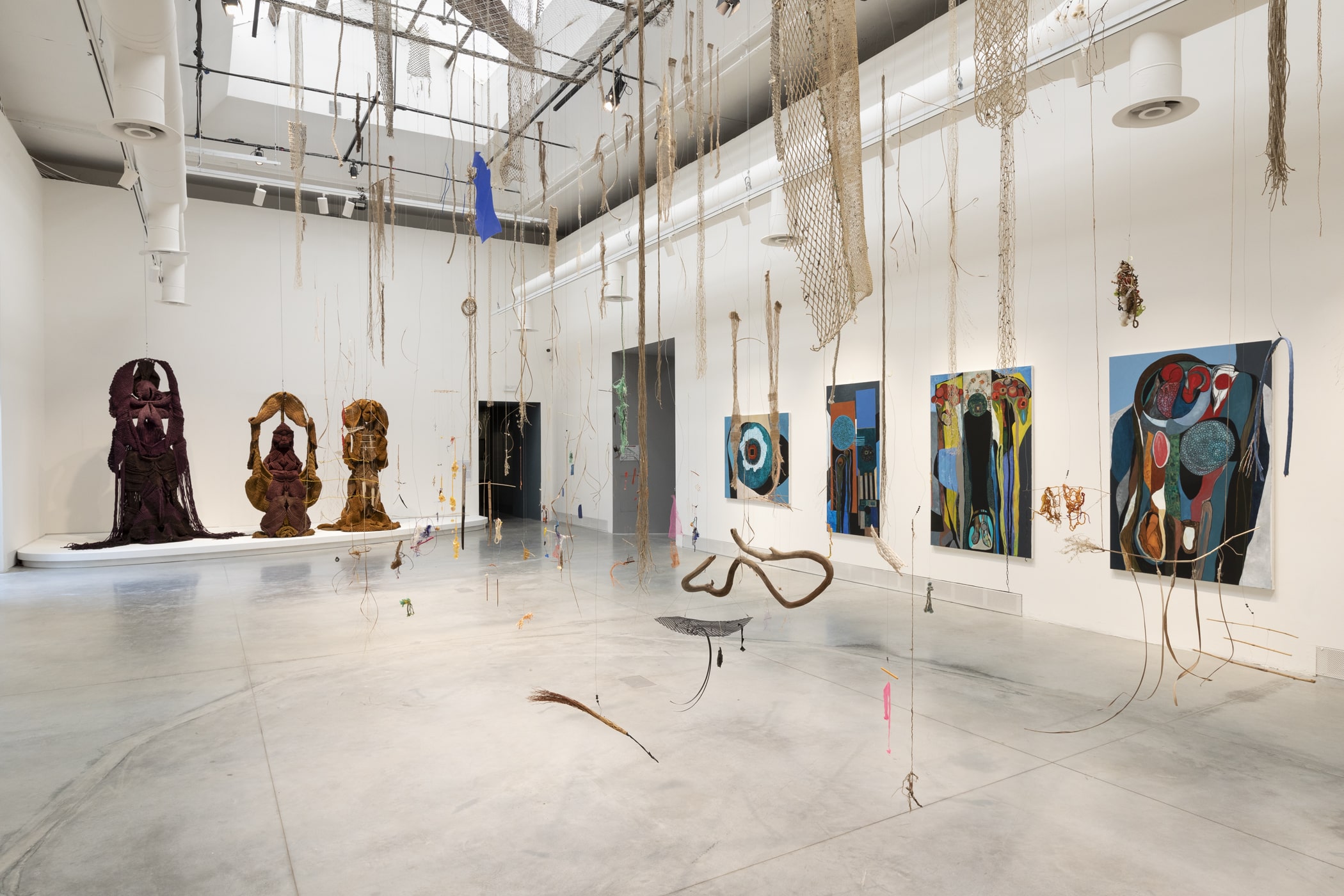
Installation view, “The Milk of Dreams,” photo by Marco Cappelletti, courtesy of La Biennale di Venezia.
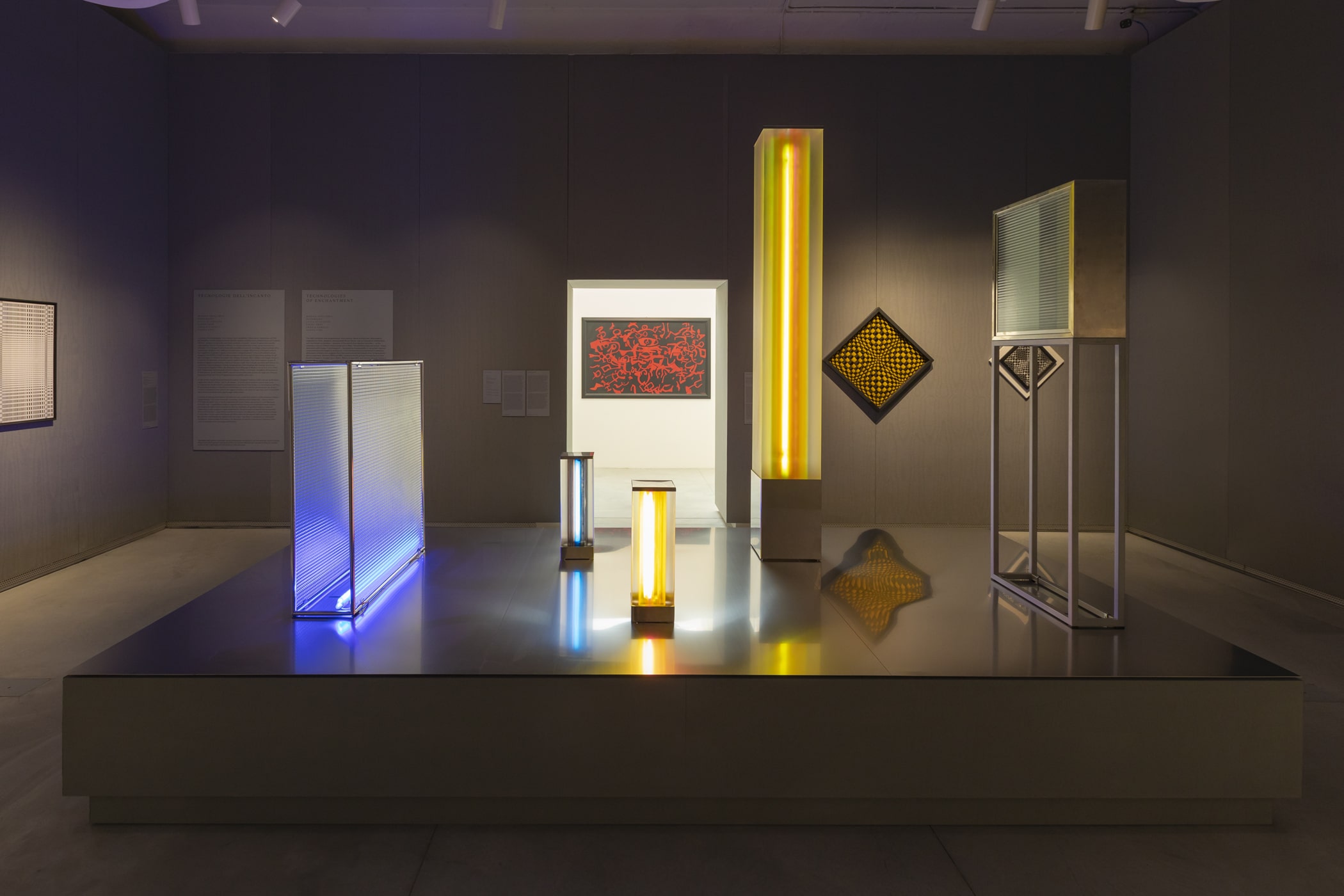
Installation view, “The Milk of Dreams,” photo by Marco Cappelletti, courtesy of La Biennale di Venezia.




